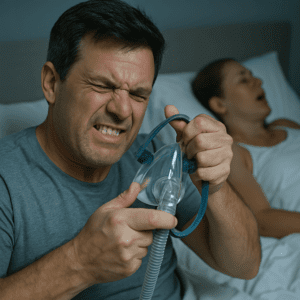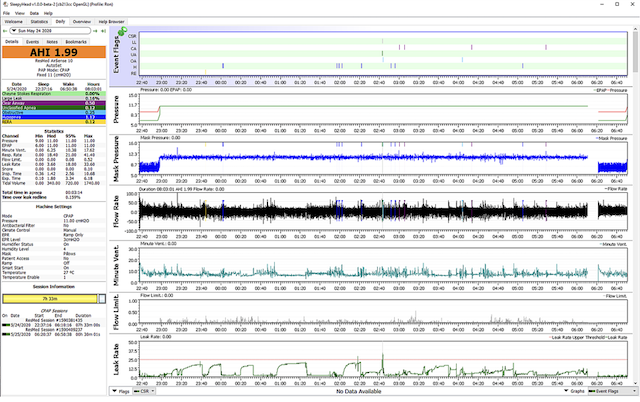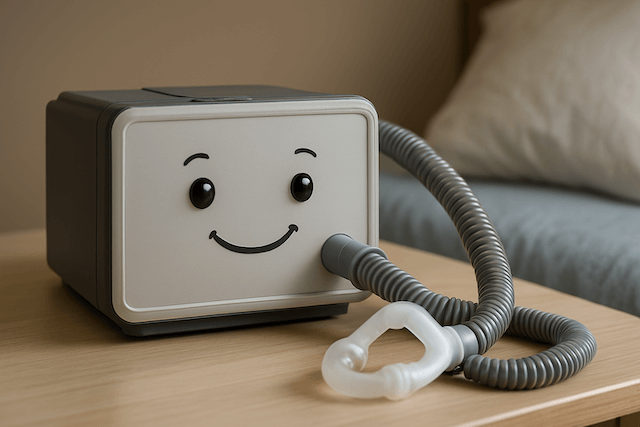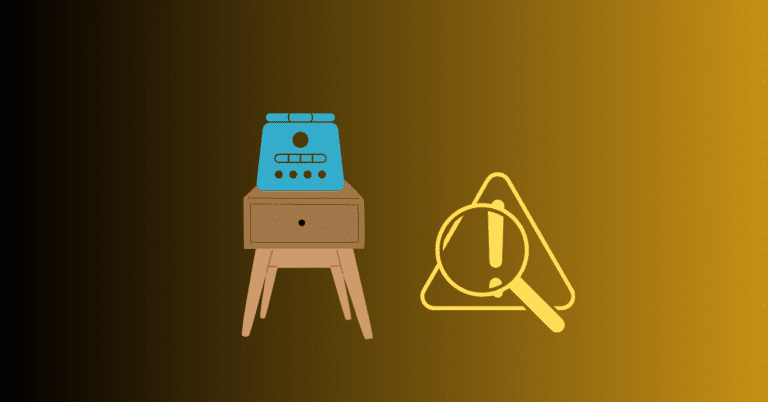Why is My CPAP Mask Leaking? And How to Fix It
Jeremy Smith is a long-term CPAP user and sleep apnea advocate. After being diagnosed with severe obstructive sleep apnea, he created ByJeremySmith.com to help others navigate CPAP therapy through personal stories, gear reviews, and practical advice.
This article is about CPAP Mask leaking.
Mask leaks are among the most common frustrations for CPAP users and me. You don’t want that thing hissing in the middle of the night!
If your mask is leaking, it’s not just annoying—it could also mean that you’re not getting the full benefits of your therapy.

Let’s break down why your CPAP mask might be leaking and what you can do to solve it.
1. Why Does a CPAP Mask Leak?
There are several reasons why your CPAP mask might leak. Here are the most common culprits:
a) Improper Fit or Sizing
Your CPAP mask should create a snug seal around your face. If it’s too loose, air can escape from the sides, causing a leak. Conversely, the cushion may not sit correctly if it’s too tight, leading to gaps.
b) Worn-Out Cushion or Seal
The cushion or seal on your mask wears down over time.
It won’t form a proper seal when it loses elasticity or becomes damaged. This is especially true if you’ve used the same mask for over six to twelve months.
c) Incorrect Mask Type
There are various types of masks—full face, nasal, and nasal pillows. If you’re using a mask that isn’t suitable for your breathing style or sleep position, it’s more likely to leak.
d) Facial Hair or Skin Oils
If you have a beard or mustache, it can prevent the mask from sealing properly. Similarly, natural skin oils or moisturizers can cause the mask to slip, leading to leaks.
e) Sleeping Position Changes
Shifting positions during sleep can pull the mask out of place. Side sleepers, in particular, often face this issue if the mask doesn’t accommodate movement well.
f) Pressure Settings
If your CPAP pressure settings are too high or low, the mask may leak. High pressure can cause the cushion to blow out, while low pressure may not allow the cushion to inflate correctly.
2. How to Fix CPAP Mask Leaks
Now that you know the common causes, let’s look at some practical solutions to stop those leaks.
a) Choose the Right Mask Size
Most mask manufacturers offer sizing guides. If you’ve been struggling with leaks, consider getting refitted or trying a different size. A properly sized mask should fit snugly without needing to be over-tightened.
b) Replace Mask Parts Regularly
If your mask cushion or seal is worn, replace it. A good rule of thumb is to replace the cushion every 3-6 months and the entire mask frame every 9-12 months.
c) Clean Your Mask Daily
Clean your mask cushion daily with warm water and mild soap. This removes skin oils that can compromise the seal. Avoid using harsh chemicals or alcohol, which can damage the material.
d) Consider a Mask Liner
Mask liners are fabric barriers placed between your skin and the mask. They can help improve the seal and reduce leaks, especially for those with facial hair or sensitive skin.
e) Adjust the Headgear Properly
Many users think tightening the headgear will fix leaks. However, over-tightening can distort the cushion.
Adjust the headgear until the mask feels snug but comfortable. Use the “two-finger” rule: you should be able to fit two fingers between the headgear and your face comfortably.
f) Switch to a Different Mask Style
If you’re still struggling, consider changing to a different mask style. Nasal pillow masks, for example, are great for side sleepers, while full-face masks are better for mouth breathers or those with higher pressure settings.
g) Check Your CPAP Pressure Settings
If you suspect your pressure settings might be causing leaks, consult your sleep doctor or therapist. Adjusting pressure settings without guidance isn’t recommended, as it could affect the effectiveness of your therapy.
h) Use a CPAP Pillow
CPAP pillows are designed with cutouts to accommodate the mask. If you tend to move around during sleep, they can help maintain the mask position.
3. When to Contact Your Provider
If you’ve tried the above solutions but are still experiencing leaks, it’s time to get help. Contact your CPAP provider or sleep specialist for guidance.
You might need a mask fitting or an adjustment to your pressure settings.
4. Final Thoughts
Mask leaks can be a hassle, but they’re usually fixable with the right adjustments and replacements.
The key is to identify the cause of the leak and address it systematically. With a well-fitted mask and proper maintenance, you can minimize leaks and get the most out of your CPAP therapy.
Disclaimer: The content on this blog is for informational and educational purposes only and is not a substitute for professional medical advice. Always speak with your doctor or sleep specialist before starting, stopping, or changing any treatment or therapy related to sleep apnea or CPAP use.





